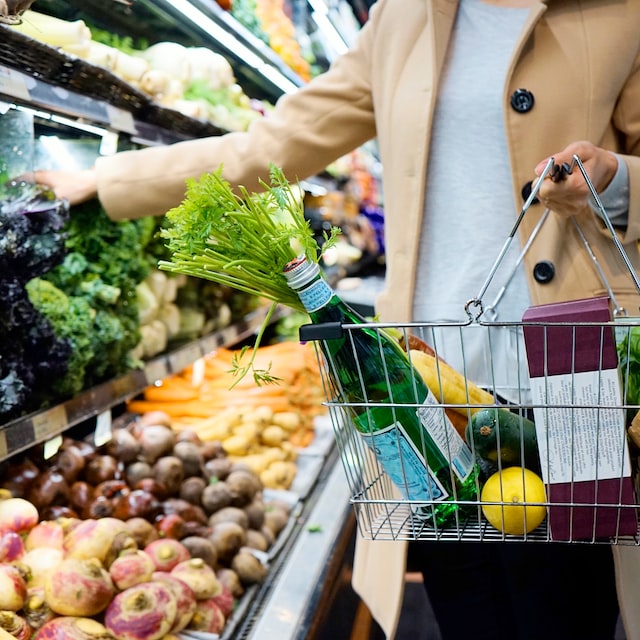“Buy now, pay later” models from fintech companies like Klarna and Afterpay are putting consumers in debt after inflationary pressures compel Americans to seek out alternatives to pay for grocery and essential items, reports The New York Times.
Originally intended for one-time purchases, like tickets or clothes, consumers have begun to use the services to pay for repeat expenses. Josh Roberts, an consumer living in Ohio, told the newpaper that he started using Klarna to buy beyond his means for food items to feed his family, eventually falling behind on payments, owing the company over $1,000 including a $100 late fee.
In the U.S. alone, $45.9 billion in pay-later transactions were made online last year, according to GlobalData, a data analytics firm. Food accounts for 6 percent of these purchases, and some companies are seeing an even larger impact: Zip reports seeing a 95 percent growth in the U.S. grocery sector, and a 64 percent increase in restaurant purchases. Klarna also revealed that over half of the top 100 items users purchase are grocery- or household-related.
The services tend to be most utilized by economically at-risk applicants, with Fitch Ratings, a financial services company, citing that over 41 percent of applicants have a poor credit history. The report also showed that the delinquency rates for some pay-later services doubled, or more, between June 2021 and March 2022. Over this same time period, major credit card rates remained unchanged.
Jathan Sadowski, author of Too Smart: How Digital Capitalism Is Extracting Data, Controlling Our Lives and Taking Over the World, said that using these services can affect one’s overall financial health. “Because I used one of these loan services to buy groceries, that might in the future impact my ability to buy a car, get a job, [or] rent an apartment.”
To combat some of these issues, some companies do not allow new purchases by users who have missed a payment. And for users who keep up with payments, the model can provide needed help for Americans trying to manage increased costs. Full Story (Subscription Required)
Related: Americans Concerned About Food Security; As Grocery Prices Swell, Restaurants Offer Value

